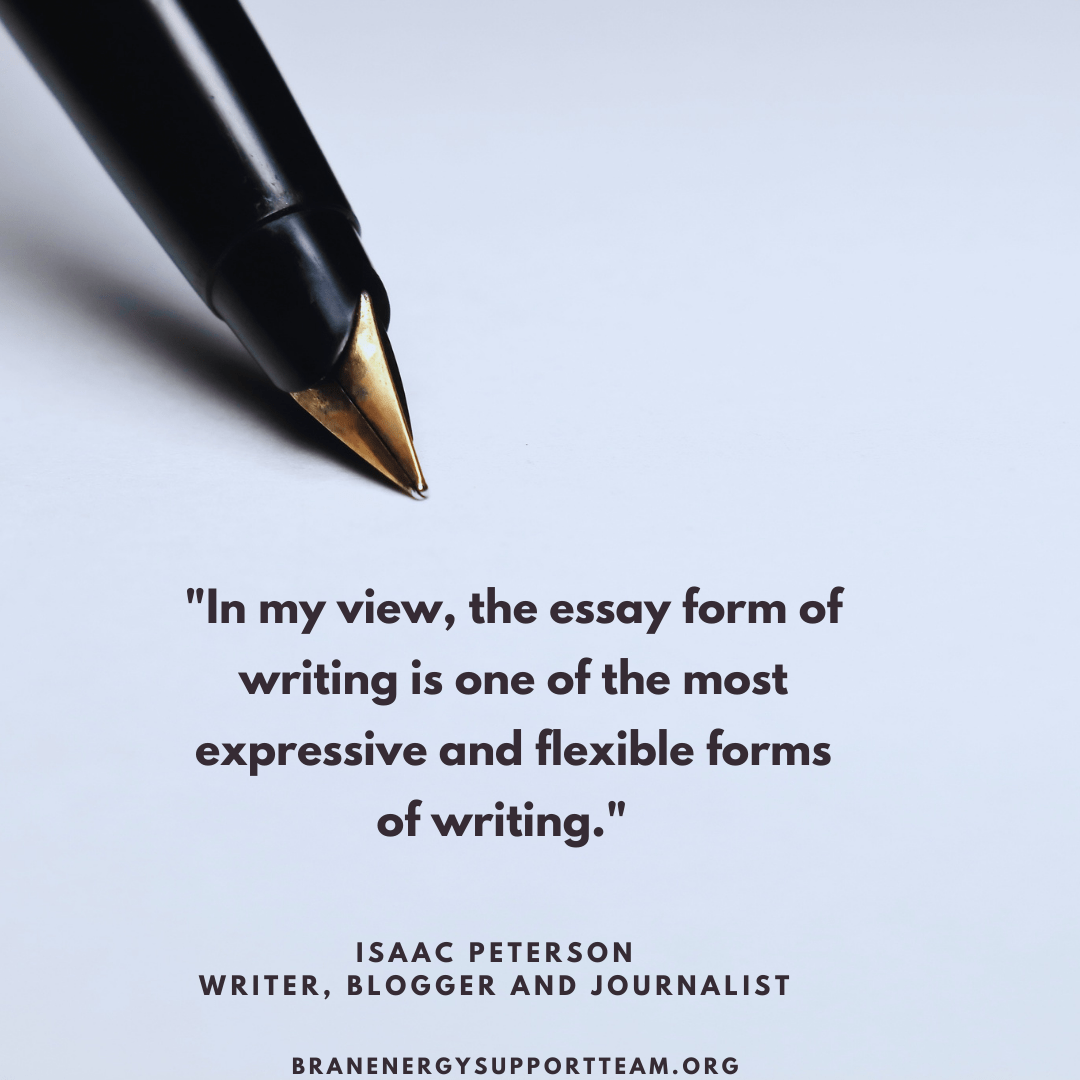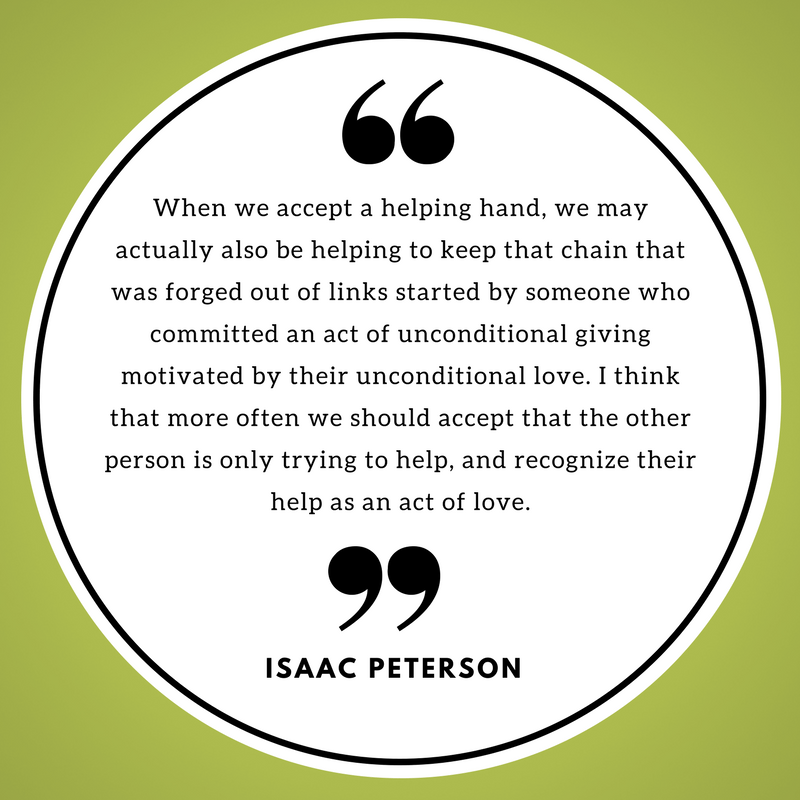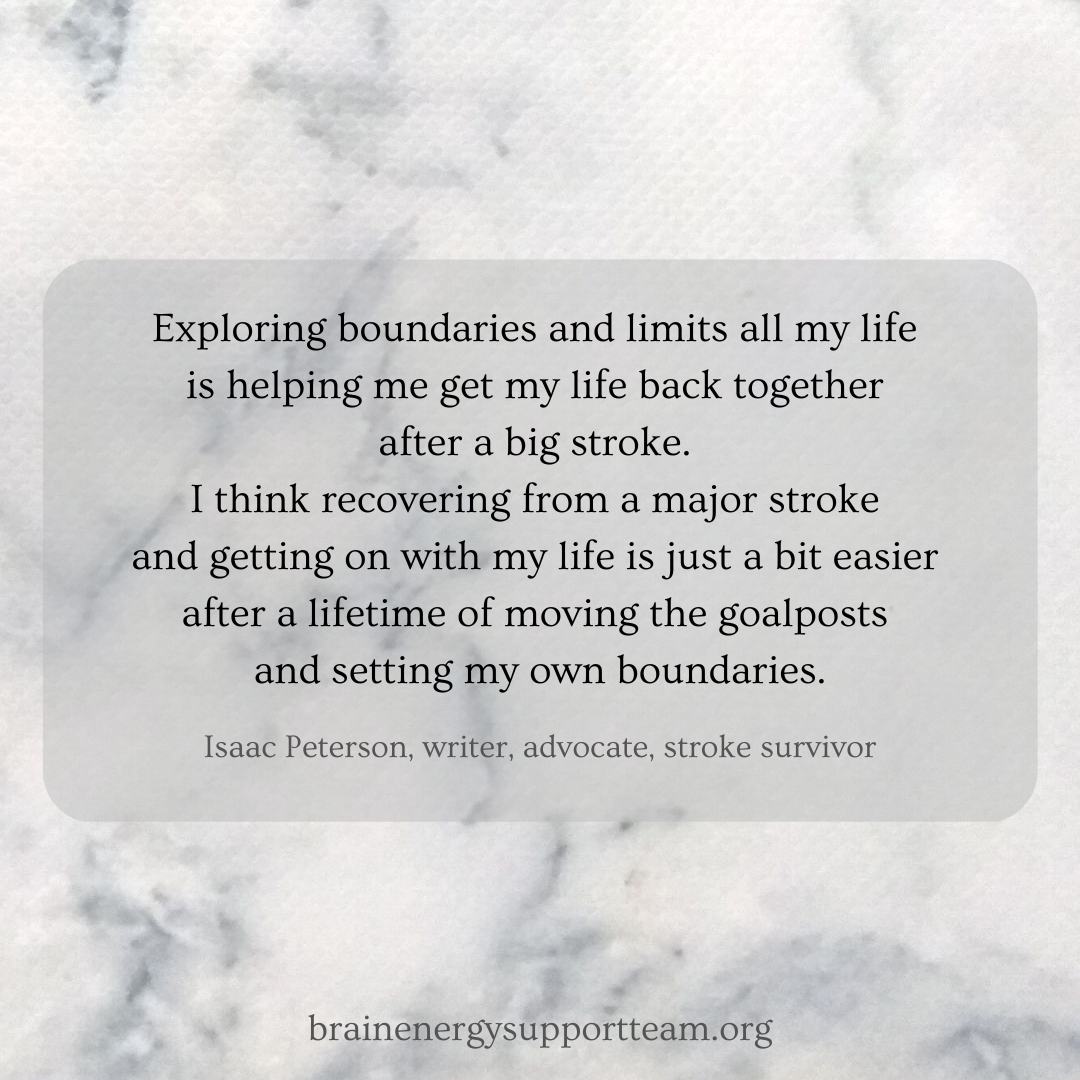One of the first pieces I wrote was in answer to readers who wanted to know about writing and structuring a piece of writing. I got great feedback on that one so I figured I would do a bit of an update—not all of you reading were here last time.
To recap, I originally advised the structure outlined below.
When writing, you are implicitly starting out with a purpose or premise, whether or not you state it directly; you can imply it. The implication is something like, I want you to know about, think, feel, do, believe…something. My purpose here, with this very essay, may be paraphrased as, I want to tell you something about writing. That’s called the organizing statement. In a minute I’ll explain why it’s called that.
In response, you, the reader on some level, is asking, why should I know about writing or what should I know (or even, why should I care). This reader response to the organizing statement is called the organizing question.
Now on to the good stuff.
They are called the organizing statement and the organizing question because they are the first steps to take in organizing your writing. The statement declares your reason for writing what follows. And the question lays out what your answer should address.
Every point you make should be part of the answer to the organizing question. Still with me? Good.
Diagrammed out, your organized piece looks roughly like this:
Organizing Statement
I want you to….
Organizing Question
Why should I….
Answer:
You should, because:
1. Reason
2. Reason
3. Reason
And then, your conclusion.
This format works for writing and organizing speeches as well.
I specialize in essay writing; the above diagram kind of lays out the structure I like to use.
In my view, the essay form of writing is one of the most expressive and flexible forms of writing (poetry is another
one, but since I don’t know how to write poetry, I can’t offer any advice on how to do it).
First, essays are more than just those things teachers assigned to make your life miserable. One definition of essay I remember is this: a short piece of writing dealing with a single subject,” like this essay is intended to do.
I like the essay form because I’ve been able to use it for every type of writing I’ve done so far. From political opinion and analysis, media criticism, newspaper reporting, to this blog, the essay form has helped me be successful every step of the way. It obviously helped me write essays and term papers in college, where I learned it.
When I say essays are a flexible form of writing, I mostly refer to my daring to break with established journalistic practice. Have you noticed how stale and boring a lot of print news reporting is? Too many journalists and editors insist on what’s called the inverted pyramid style, where you pretty much start with the most important point and the rest is a dry recitation of facts. Oftentimes the actual most important fact is in the 27th paragraph, after many people have stopped reading. And as often, the most interesting writing in a newspaper is in the sports section.
Often, online writing hides behind clickbait, with a headline or title designed to attract readers, but containing little that’s actually interesting or even relevant to the title. I won’t go into my reasons for not liking the inverted pyramid and clickbait styles. I completely ignored those styles and had a successful print journalism career anyway.
But in my way of doing things, everything you include is important, because it goes directly to answering the organizing question. If something doesn’t help answer the question, why include it?
I pretty much wrote essays about the news instead of articles, using the format I laid out above. That form allows a more interesting experience for the reader, and for the writer as well.
And if you learn that approach and use it, it won’t take long before it becomes second nature and you can do it without thinking about it. And before long, you will also develop your own style. But I promise you can use it to open up your creativity and make written pieces more lively and interesting.
If all this sounds simplistic, it’s because it’s a simplified explanation of a subject with many facets, and with more than one right answer. There are as many writing styles as there are writers.
All I can do, and have done here, is explain what works for me. I know it can work for you as well.
 | Isaac Peterson grew up on an Air Force base near Cheyenne, Wyoming. After graduating from the University of Wyoming, he embarked on a career as an award-winning investigative journalist and as a semi-professional musician in the Twin Cities, the place he called home on and off for 35 years. He doesn’t mind it at all if someone offers to pick up his restaurant tab and, also, welcomes reader comments. Email him at isaac3rd@gmail.com. Read more articles by Isaac here; https://www.brainenergysupportteam.org/archives/tag/isaac-peterson |
|---|





